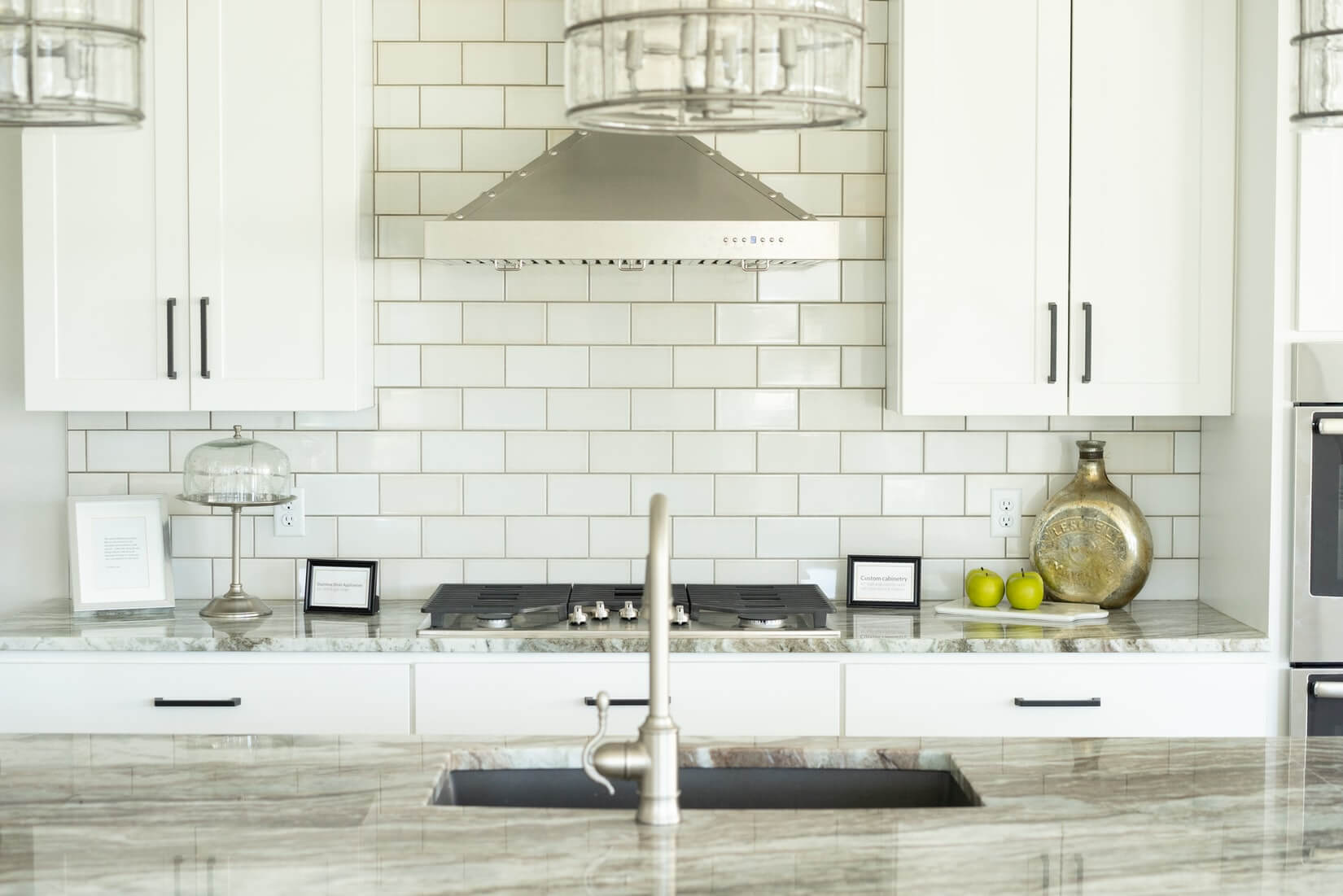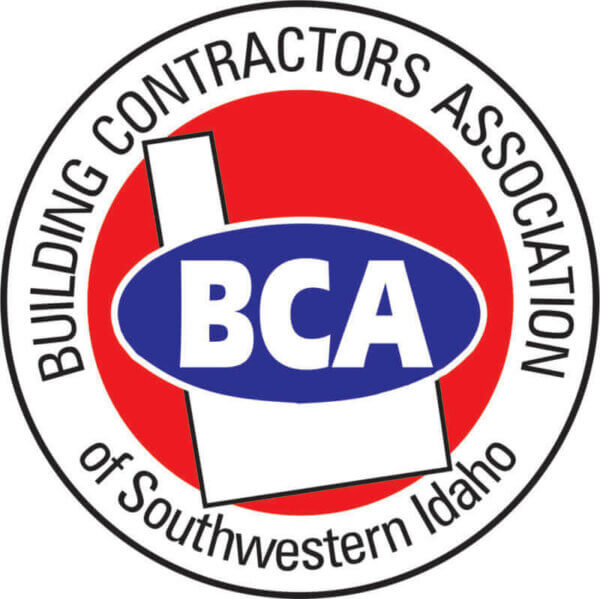Do Kitchen Hoods Have to Vent Outside, How to Clean Kitchen Vent Covers, and Other FAQs About Proper Kitchen Ventilation
For anyone who has worked in an industrial kitchen with flat-top grills and broilers, this concept is a no-brainer: if you turn off the exhaust fans, the kitchen quickly fills with smoke. And even though we have our own selection of industrial kitchen ventilation options, the same can be said for at-home kitchens that typically don’t have access to high-output industrial cooking equipment, but can still carry a high risk of fire and smoke damage if not properly addressed.
A lack of adequate ventilation in the kitchen can cause a variety of problems, such as the dangerous buildup of carbon monoxide, food particulates, and other pollutants. While some of these can make your kitchen eternally smell like food, others like carbon monoxide and nitrogen dioxide can be deadly. Even worse, carbon monoxide is odorless, making it impossible to detect it without the use of a carbon monoxide alarm.
So whether you want to ensure that your existing kitchen is adequately ventilated, or you are planning your next update, FAMCO has the answers to your most common kitchen ventilation questions.
Do Kitchen Hoods Have to Vent Outside?
Yes. Whether your home has an exhaust hood over the stove or not, the best way to ensure that pollutants don’t gain a foothold in your kitchen is to have some type of exhaust system installed. Granted, some minimalist kitchens may not have a hood vent, but something as simple as a fan in a nearby window or in another room can reduce the amount of pollutants that can become trapped in the house.
What if My Stove Doesn’t Have a Vent Hood?
Short of using a window fan or one in a nearby room to vent carbon monoxide and steam/smoke, food particulates can land on cabinets and other nearby surfaces, leaving them greasy to the touch.
One way to reduce this problem is to wipe down each surface with a clean hand towel and degreaser after cooking your last meal of the day. Also, appliances like spatter guards and plug-in air filters can go a long way towards preventing indoor pollutant buildup.
How Do I Clean Kitchen Vent Covers?
If you are one of the lucky ones whose home or rental came with a functional hood vent, keeping it that way isn’t too difficult. Grease and other particulates get caught in the cover over time, so it’s important to clean them to maximize their efficiency. Simply place the filter in water, add soap and baking soda, soak, scrub, rinse, then air dry. Doing this weekly or monthly depending on how often you cook will keep your hood vent running like new and your kitchen particulate-free.
Any Other Tips for Proper Kitchen Ventilation?
Since it is deadly and completely odorless, carbon monoxide alarms are especially important for those who have gas-powered appliances. This is in addition to a smoke detector, and depending on what you typically cook with and how often, a couple of fire extinguishers would not be a bad idea as well; just be sure to have them regularly inspected.
How FAMCO Can Help
Whether you are planning an update to your existing kitchen or building a new one, having adequate ventilation protects both your home and your loved ones. We are headquartered in Meridian, Idaho, and the biggest supplier of HVAC equipment in the Pacific Northwest.
If you have any questions about kitchen ventilation and which products would be right for your project, feel free to get in touch with us. We’d be more than happy to help.






